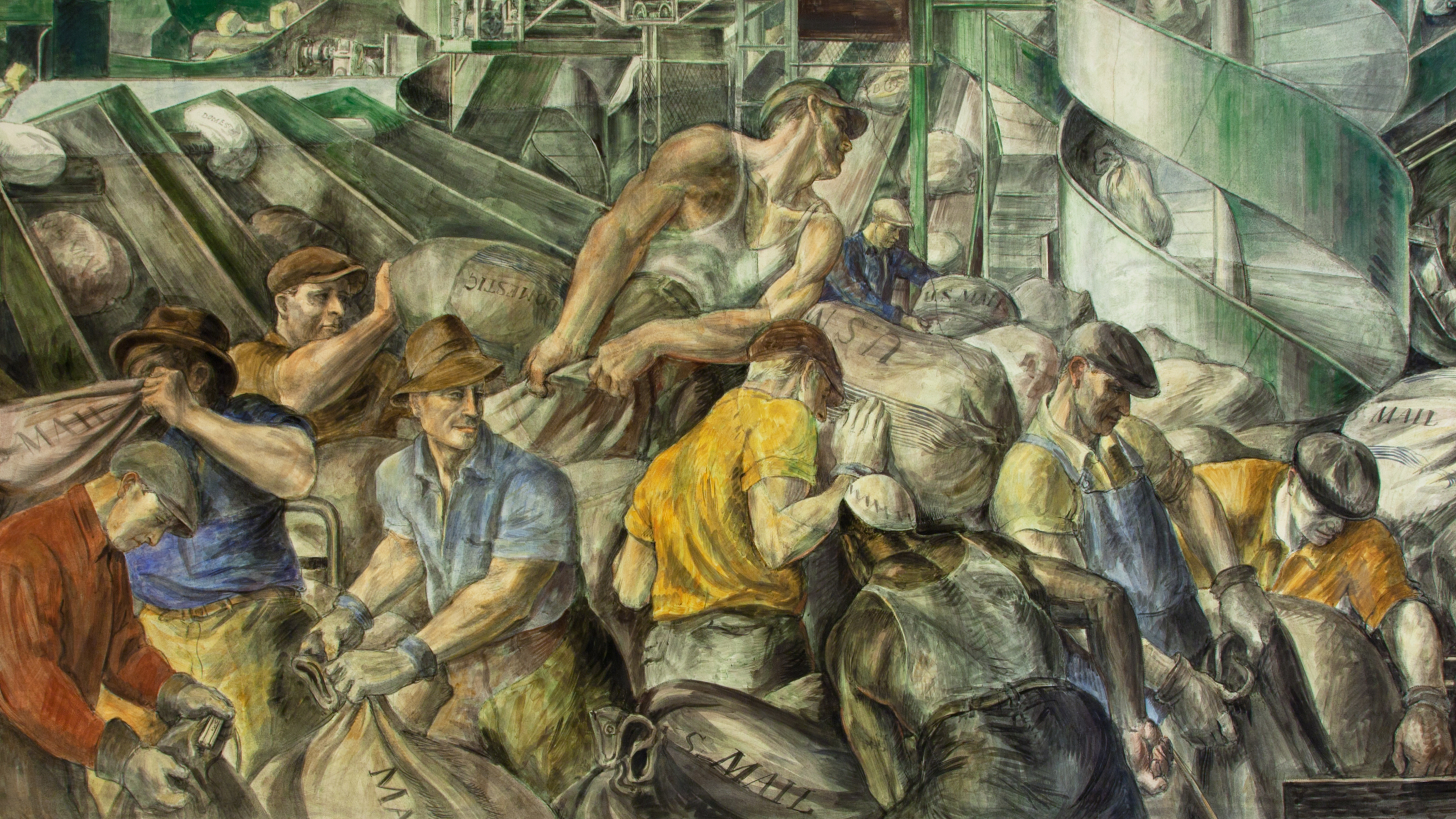4 essential questions leaders must answer in the new “workforce ecosystem”

- Most leaders define their workforce as a variety of groups — not just employees.
- Gig workers, subcontractors, app developers, and other “complementors” play an increasingly significant role in businesses.
- Hierarchical, internally-focused management practices are ill-suited for workforces that span organizational boundaries.
“How do you define your workforce?”
We have posed this question to dozens of executives and asked it in multiple global management surveys. The most common answer is also the most surprising.
A confident minority of executives say their workforce is just their employees. But the overwhelming majority, especially leaders on the front lines of organizational transformations, include a variety of groups — not just employees — in their workforce definitions.
Since we began our study of the future of the workforce a few years ago, it has become clear that the definition of the workforce is changing. We’ve talked to executives in many Fortune 500 companies concerning how they think about their workforces. Virtually all acknowledge that long-term contractors, temporary gig workers, professional services firms, subcontractors, app developers, and other “complementors” play an increasingly significant role in their businesses. Over and over again, we hear different versions of this statement: “Our workforce is made up of those people and groups involved with achieving our business objectives.” This broader and more holistic view of who (and what) constitutes a workforce has far-reaching implications.
It implies that the composition and boundaries of the workforce have changed. These shifts in workforce semantics portend real-world shifts in management practices. Hierarchical, command-and-control, internally focused management practices are ill-suited for workforces that span internal and external organizational boundaries.
Using siloed functions to independently manage employees and external contributors, for example, is fraught with challenges; ill-defined decision rights, governance processes, and power dynamics can undermine even the most well-intentioned executives. In addition, the technology systems that support the management of employees along with the accessing and tracking of external contributors are typically different and disconnected; their lack of integration creates inefficiencies and inconsistencies that can thwart efforts to obtain and maintain strategically valuable capabilities. Lastly, when a substantial group of workers are not employees, managers have to find ways to lead with less control, which is often an uncomfortable adjustment.
One interview in particular hammered home the significance of intentionally managing both internal and external contributors in an integrated way. An executive of a large global company told us that in March 2020, at the onset of the COVID-19 pandemic, “We began figuring out how to handle things like pay continuity, absenteeism, and need for leaves of absence for those employees who couldn’t work remotely, such as our teammates in distribution centers and company-owned production facilities. But we quickly realized we needed to consider our contingent workforce as well. That was the initial impetus that really drove us to say, ‘OK, so how big is that box? Do we know who and where they are? Can we find them quickly if we need to?’ And when we say we want to do the right thing for our extended family of workers, are we all defining that family the same way?”
We see similar examples across the business landscape: companies recognizing, belatedly, their dependence on a wide range of contributors and then taking seriously the need to manage their complex, inter-connected workforces in a more intentional way. As more than one executive told us, “We woke up one day to find that 30% to 50% of our workforce consists of workers who are not employees.” Some became acutely aware of their situation because of the pandemic. Others had already recognized that the nature of their workforce had changed.
External contributors and partners of various types have become much more than stopgaps, low-wage doers, or temporary fill-ins; they have become essential to many companies’ business successes. The availability of high-end contingent workers is expanding rapidly, as are companies’ new abilities to find, engage, and continuously manage them. In some industries — like energy and information technology (IT) — it is not uncommon for a business’s external contributors to out-number its employees. As one exasperated executive asked, “Wouldn’t it make sense to become just as mature about managing external contributors, a segment that can be even bigger than your payroll workers?”
As companies wean themselves from an employee-centric approach to their workforce, they are often forced to experiment with new management techniques.
This trend toward more external contributors goes beyond gig workers. The digital economy has created new possibilities for one company to add value to another company’s products. Manufacturers of online games, cell phones, and automobiles, for instance, increasingly depend on app developers (and thus app availability) for the success of their products. The existence of these so-called complementors is not new, but their importance to companies has grown over time. They help deliver valuable outcomes without traditional statements of work, or tax forms like W-2s or 1099s in the United States. They do work for the enterprise, but are seldom managed by those responsible for the workforce, such as human resources (HR). Executives are beginning to ask whether they should continue to manage complementors separately from other workers and contributors to value creation.
As companies wean themselves from an employee-centric approach to their workforce, they are often forced to experiment with new management techniques. They have no best practices to draw from; there are no precedents, guideposts, or playbooks. Leaders need a useful framework for leading as well as managing internal and external contributors in a more integrated way.
Our research indicates that the framework must address four basic questions:
- What management practices are necessary to access, develop, and engage both internal and external contributors over time?
- How do organizations’ functional relationships need to change to achieve valuable business outcomes with many types of work contributors?
- How do leadership mindsets and behaviors need to change to effectively and fairly manage an interdependent group of internal and external contributors?
- What technology systems and data are necessary to effectively access and engage both internal and external contributors?
These questions penetrate to the foundations of business. Addressing them requires an entirely new approach, not an incremental response. We contend that this new approach should be based on “workforce ecosystems.”
So what is a workforce ecosystem? We define it this way:
A workforce ecosystem is a structure that encompasses actors, from within the organization and beyond, working to create value for an organization. Within the ecosystem, actors work toward individual and collective goals with interdependencies and complementarities among the participants.




